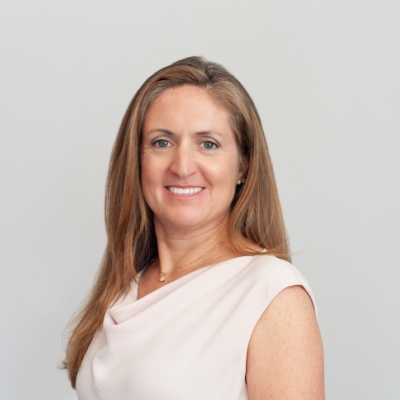I've already weighed in on Alfie Kohn's ?pedagogy of poverty? article that appeared in Ed Week last week. (See here.) The debate sparked by Kohn's article rages on?in blogs and on Twitter?and my colleague, Mike Petrilli, weighed in today, arguing:
The question of whether affluent and disadvantaged kids need a different kind of education?different instructional strategies, different curriculum, maybe even different kinds of teachers?is a serious one. This discussion is easily demagogued (particularly on Twitter). But it's not racist to say that poor kids?who generally come to school with much less vocabulary, exposure to print, and much else?might need something different?more intense, more structured?than their well-off, better-prepared peers.
On some level, we're overcomplicating this. In the end, the ?achievement gap,? as we now call it, is really little more than a practice gap. And schools that are succeeding in closing it are simply better at creating a culture that makes time for that practice.
In his bestselling book, The Outliers, Malcolm Gladwell argues that, across divergent fields (athletics, music, business, academia), the people who rose to the top had two things in common:
- They had been exposed to and given the opportunity to learn, and
- They had logged at least 10,000 hours of practice.
That's because extraordinary achievement is a function of extraordinary practice. Unfortunately, the sad truth for too many of America's poor children is that they are never given the opportunity to learn. ?And they are even more rarely given the space to practice.
When preparing for a professional development session, I once came across an alarming statistic: By the time s/he starts Kindergarten, the average middle class student has been exposed to 1,700 hours of one-on-one reading. Do you know how many hours of reading the average disadvantaged student has been exposed to by Kindergarten? 25. That's 1.4 percent of their middle class peers.
Worse, without serious and deliberate intervention, that gap is only going to increase over time as middle class parents work overtime to provide structured learning opportunities for their kids outside of school, putting disadvantaged students even further behind.
A lot of education activists?like Alfie Kohn and Diane Ravitch?like to argue that urban schools should copy the instructional practices of elite private schools. They look inside these small, often unstructured classrooms and wonder if this isn't the path to success.
What they are missing is what happens outside the classroom: the heavy reliance on parent involvement to help teach their students the key skills, knowledge and abilities they need to succeed. Teachers in these schools can, after all, assign hefty reading and writing assignments as homework because the typical middle class or affluent student goes home to a place where homework is valued and where parents can serve as a teacher-in-residence. That allows for much more flexibility in the school day?and takes the pressure off getting every transition perfect or focusing every discussion toward an instructional end.
Our most disadvantaged students typically don't have that luxury. If they're lucky, they have a quiet place to work at home. Too frequently, though, they have neither the space nor the support they need to complete complex assignments. That means that, in urban schools, shifting the critical practice time to the home by assigning overly hefty homework assignments is tantamount to telling students to figure things out on their own. It leaves them with few options and is no doubt why so many students throw up their hands in frustration.
In the end, the best hope urban teachers and schools have to close the practice gap is to?quite literally?maximize every moment. Every minute wasted on an unnecessary transition or on a correction that could have been avoided is a minute that could have been used to close that gap.
That's a fact that organizations like KIPP, TFA, and Achievement First get. Sure, the execution may not always be perfect. I forgive that, because at the end of the day, every adult in those buildings is working to ensure that not a moment is lost. Because every minute that's lost in an urban school is a minute that adds to the achievement gap.
This isn't a pedagogy of poverty. It's a pedagogy of practice. And there is a reason that, given the choice, poor parents will make extraordinary effort to seek it out for their children. They know that the road out of poverty is paved with thousands of hours of hard work acquiring the skills, knowledge and abilities that middle class kids take for granted.
Making sure students?no matter their home environment?get that practice inside the protective walls of a high-performing school isn't something to be dismissed or denigrated; it's something that should be understood and respected.
